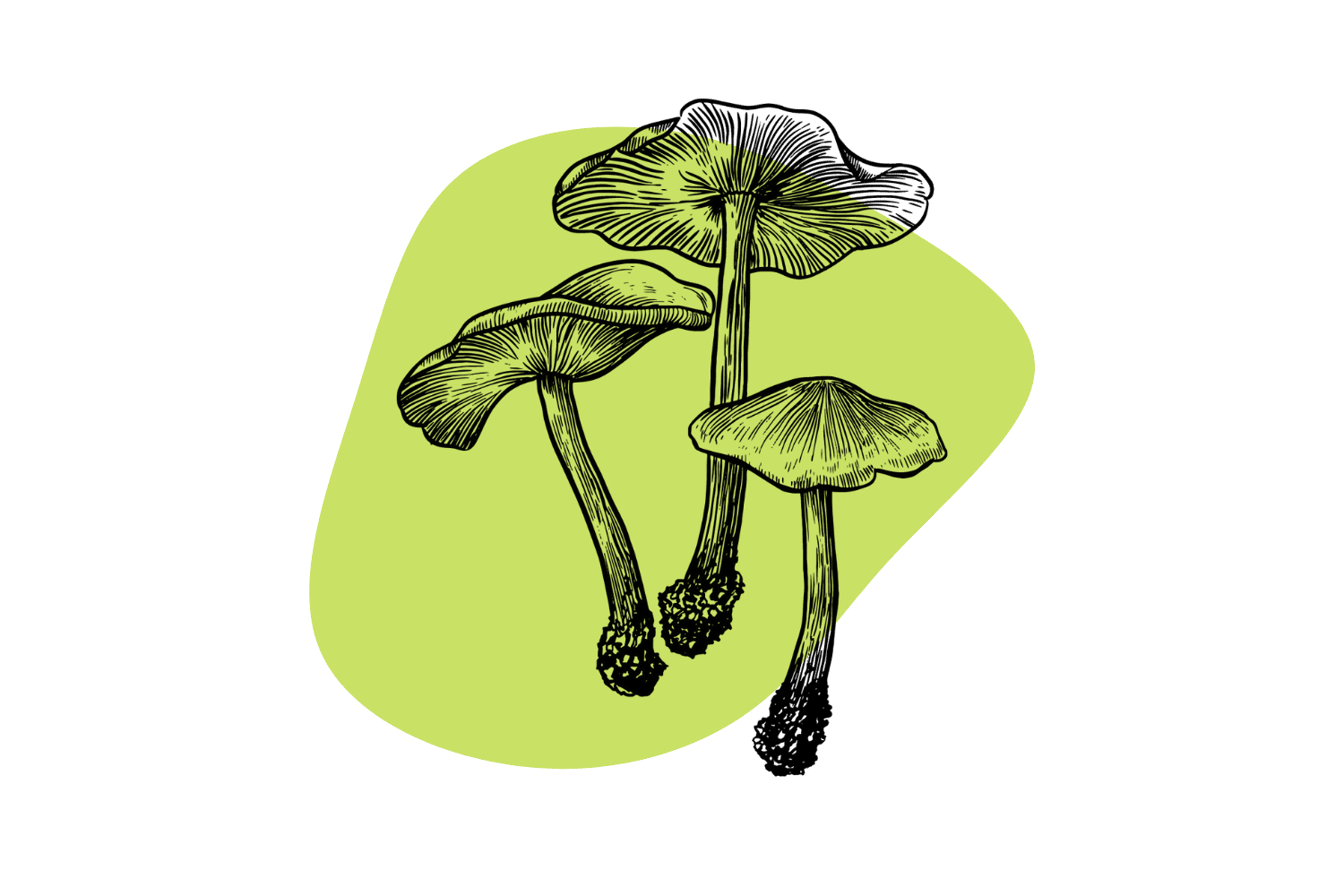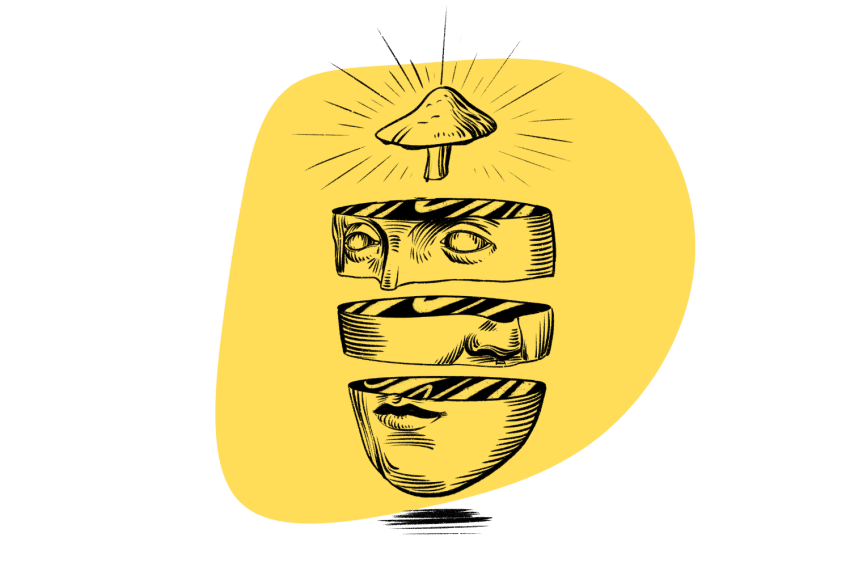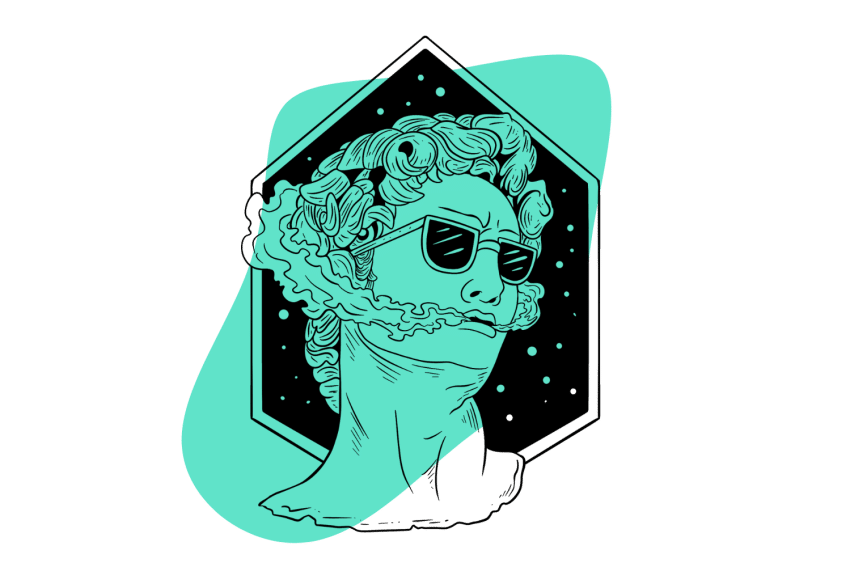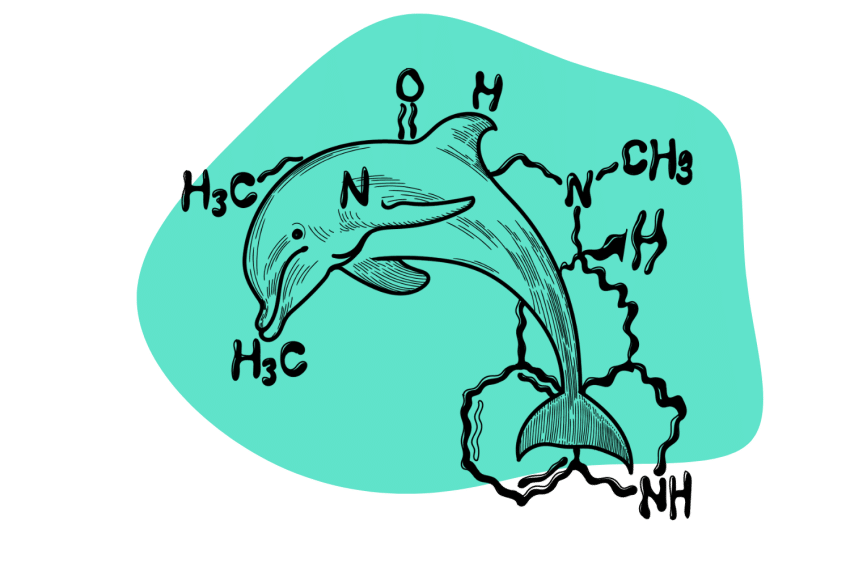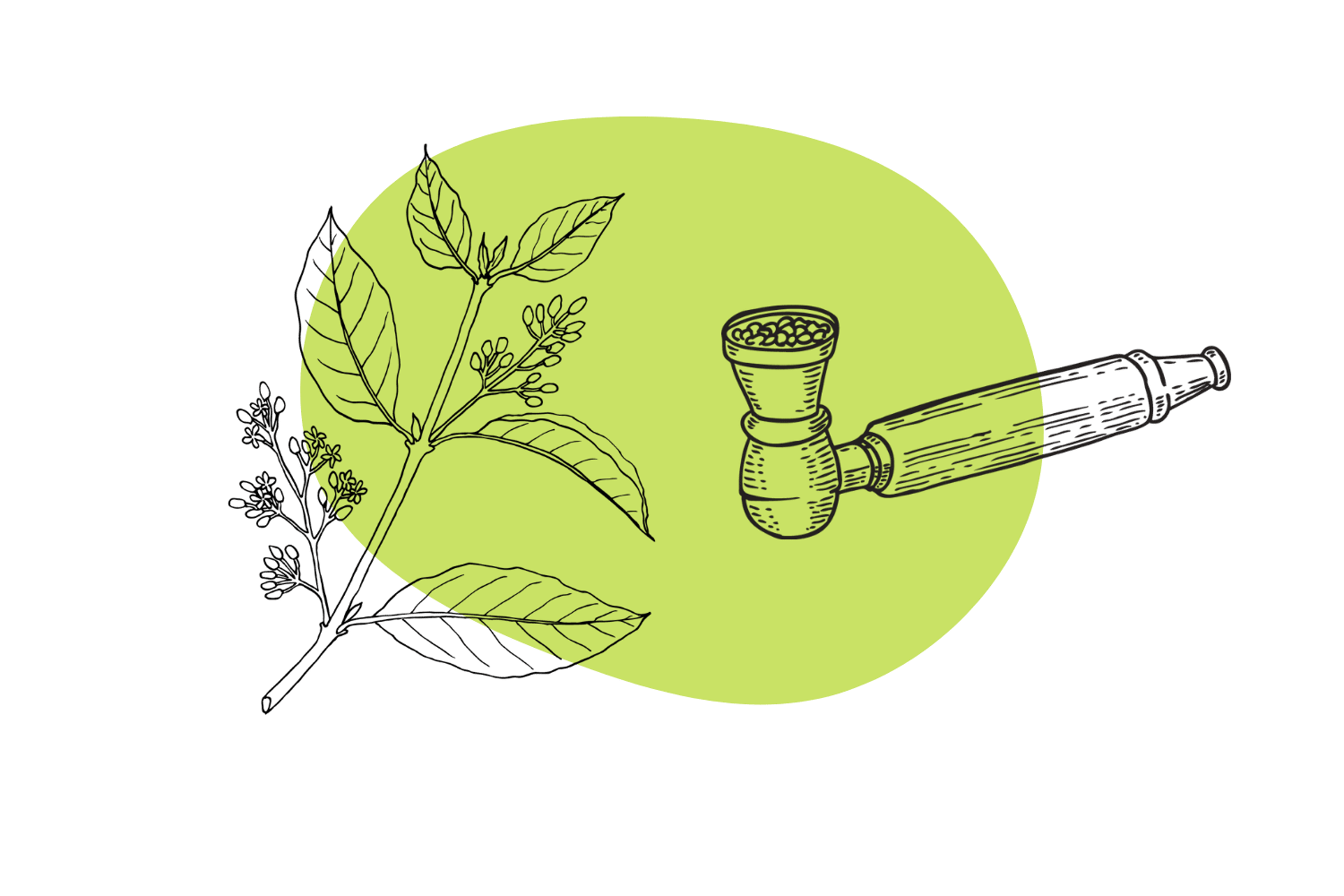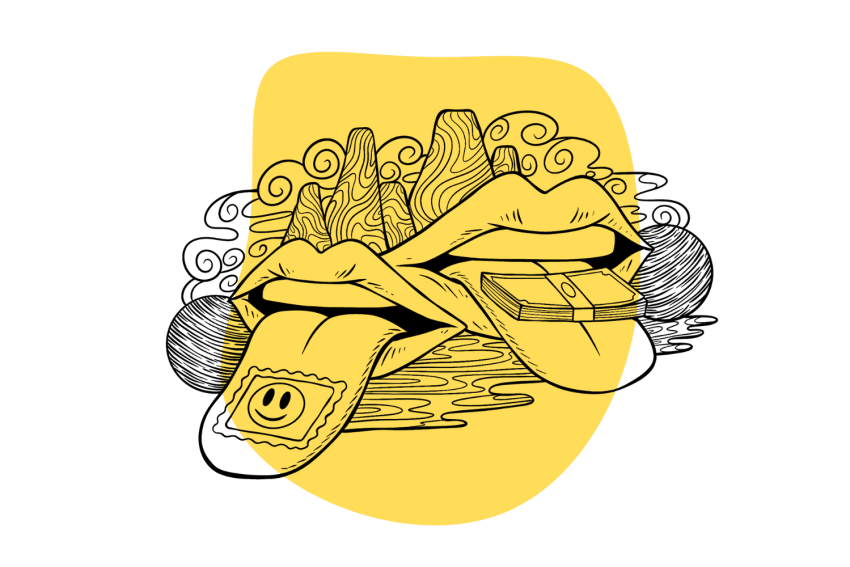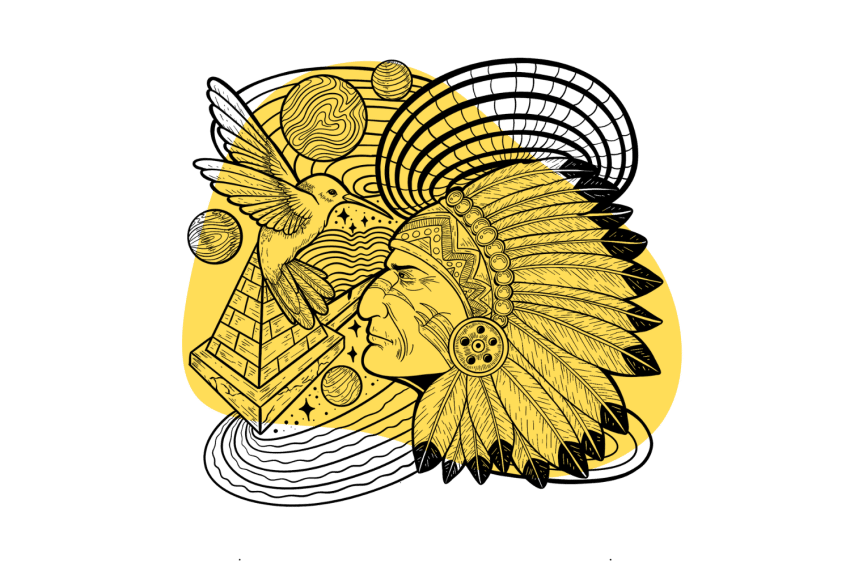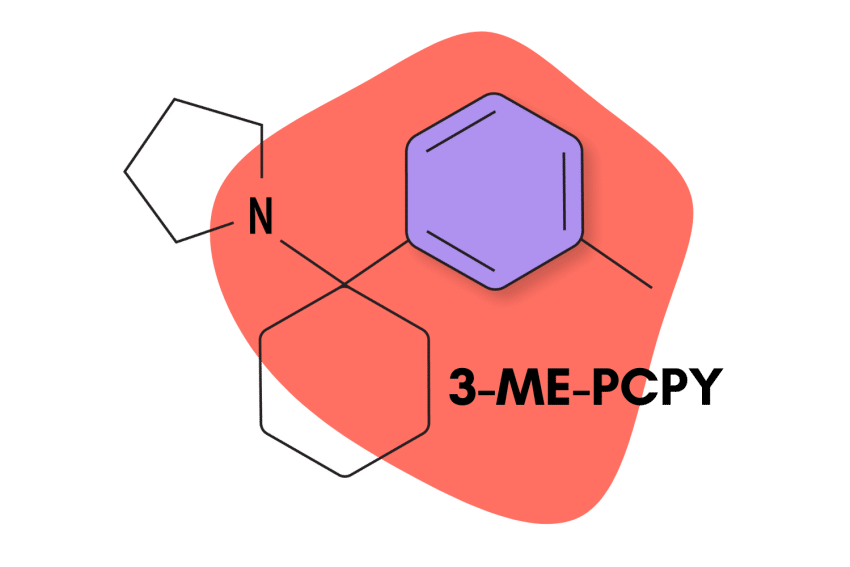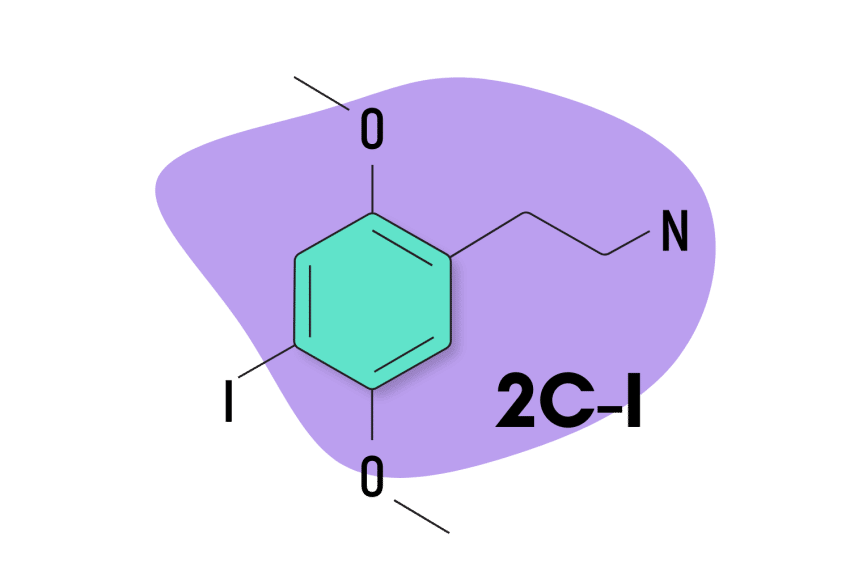What Happens if My Dog Eats Magic Mushrooms?
Dogs will trip on magic mushrooms just like humans. While shrooms are unlikely to cause physical harm to your dog, they’re likely to cause significant mental trauma. If your dog got into your stash it’s a wise idea to head to the vet ASAP.
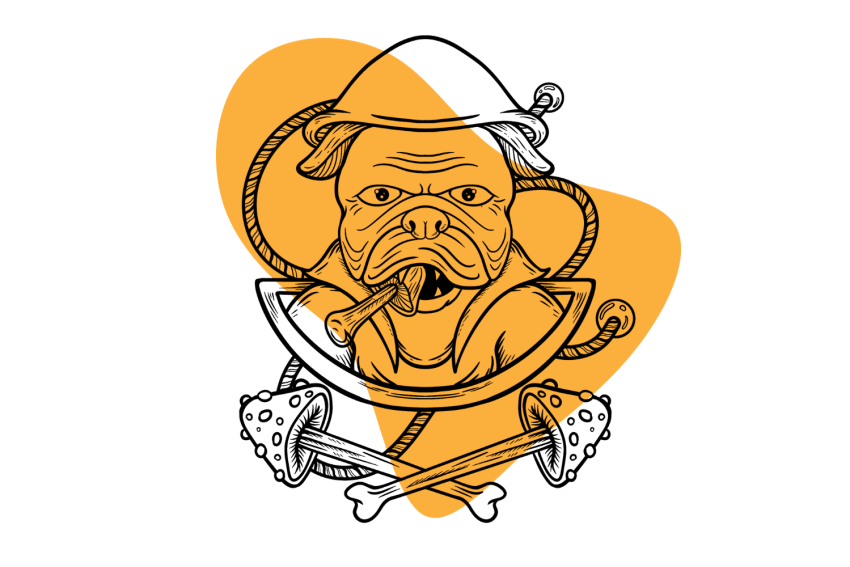
If given the chance, dogs will eat pretty much anything, be that a dropped piece of cheese, chocolate, or some unidentified dead animal outdoors. You’ll know all about this if you’re a dog dad or mom.
Some things are okay for a dog to get his chops around. In fact, most things in small amounts won’t harm your pup (that’s not to say you should be feeding your dog random food items). However, some things — even in small amounts — can be life-threatening to your furry friend.
Fortunately, most instances where dogs eat shrooms are non-life-threatening. However, the experience won’t be pleasant for both the pet and the owner, and in rare cases, it can be devastating.
In this article, we’ll look at:
- What happens if a dog eats magic mushrooms
- How to know if your dog ate shrooms
- What you should do if your dog has eaten shrooms
- Treatment options for dogs that have eaten psychedelic shrooms
- How to prevent your dog from eating mushrooms and other potentially dangerous substances
- Whether dogs like eating psychoactive substances
The Long and Short of It: What Happens If a Dog Eats Shrooms?
You should never give your dog psychedelics or any drugs unless a licensed veterinarian prescribes them.
Magic mushrooms and other substances should be kept well out of your pet’s reach. However, we know that mistakes sometimes happen, and your dog may find its way into your stash or accidentally eat edibles or a patch of psychedelic shrooms growing in your yard or local park.
If dogs eat psilocybin-containing mushrooms, they will probably become ill, vomit, have diarrhea, pant increasingly, tremble, and become disoriented. Dogs will experience similar effects to humans when they take magic mushrooms, so yes, your dog will “trip” if they eat them.
In worse cases, the mushrooms may cause seizures, which could be life-threatening, according to the American Society for the Prevention of Cruelty To Animals.
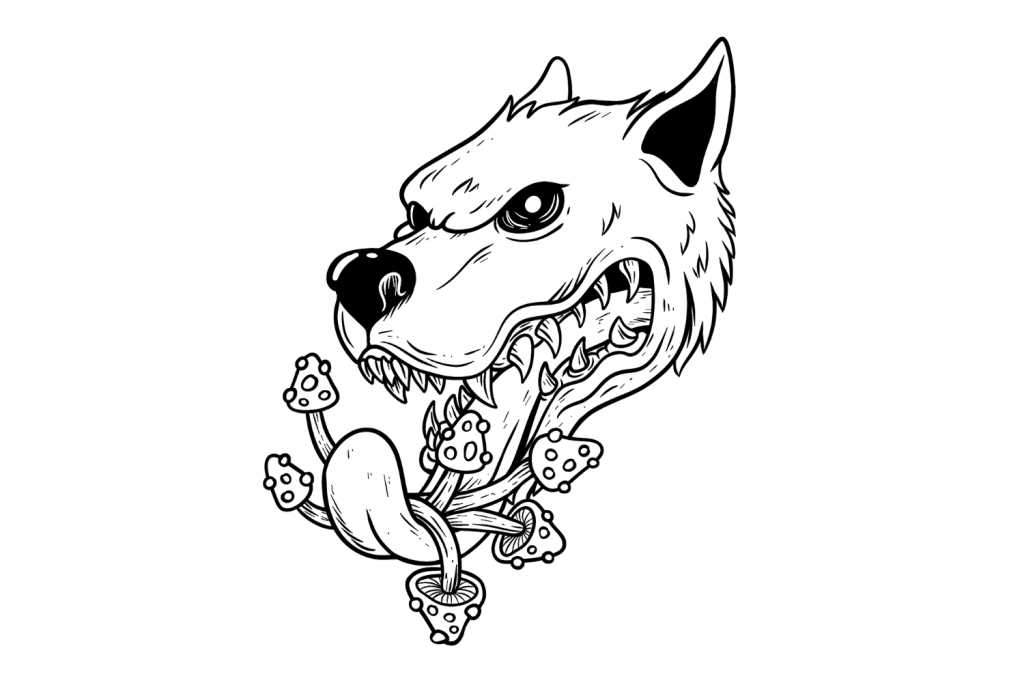
How To Tell if Your Dog Has Eaten Shrooms: The Symptoms
You may not realize your dog has eaten mushrooms until they show symptoms. If you notice your dog exhibiting any of the symptoms listed below, they may have ingested psilocybin mushrooms or another potentially toxic substance.
Contact a vet immediately if your dog shows any of the following:
- Abdominal pain or discomfort
- Chills (hyperthermia)
- Diarrhea
- Dilated pupils
- Disorientation or confusion
- Excessive drooling
- Increased heart rate
- Lethargy (unusual tiredness)
- Liver-related symptoms (in severe cases)
- Loss of appetite
- Panting (increased respiration)
- Pale or jaundiced gums
- Tremors or seizures
- Unsteady gait or difficulty walking
- Vomiting
- Whining and howling
Your dog could be in severe danger if it shows any of the symptoms listed above.
What Should You Do If Your Dog Eats Magic Mushrooms?
If you suspect your dog has eaten psilocybin mushrooms or any other psychoactive substance, poison, or toxic food, you should contact your vet as soon as possible. Do not wait for symptoms if you know your dog has eaten shrooms.
Observe your dog closely while waiting for guidance from a vet. Try to keep your dog calm and comfortable. Avoid stressful situations, loud noises, or disturbances that could worsen their condition and induce a “bad trip.” Unlike some toxic substances, don’t induce vomiting in cases of mushroom ingestion unless specifically instructed by your veterinarian. Psilocybin mushrooms can cause additional harm if regurgitated.
Your vet will likely ask you to come to a clinic to monitor your dog’s condition and potentially provide treatment to help him or her get better. Provide them with as much information as possible about what your dog has ingested, including the type and amount of the substance.
Follow their advice and treatment recommendations diligently once you have consulted with a veterinarian — whether over the phone or at the clinic. Treatment may involve costly hospitalization, supportive care, and/or the administration of activated charcoal at the clinic or home.
Treatment Options for Dogs That Have Eaten Shrooms
The treatment prescribed for magic mushroom ingestion will vary depending on the symptoms the animal is showing. Unless the owner goes to the vet as soon as the dog has eaten the shrooms, gastric decontamination (direct removal of the toxin from the gastrointestinal tract) won’t be possible.
The symptoms will be controlled until the substance is passed naturally through the animal’s system. Factors such as heart rate may be controlled with drugs such as diazepam or cyproheptadine. Stress, anxiety, and other psychological factors will be monitored and controlled through environmental factors — keeping the animal in a calm, comfortable environment.
The dog may also be given subcutaneous fluids (SQs) through injection or drip to ensure they remain hydrated until the psilocybin is expelled from their system. Glucose levels may also be monitored and supplemented if a large amount of the substance was ingested or if the dog is young or a smaller breed.
How to Prevent Your Dog from Eating Shrooms and Other Substances
Prevention is the best medicine.
The best way to ensure your dog doesn’t have a bad experience after eating magic mushrooms or any other substance is to ensure they don’t eat them in the first place.
Here are some tips to help you prevent your dog from eating something they shouldn’t:
- Secure Your Psychedelics: If you use magic mushrooms or any other psychoactive substances, make sure they are sealed in a pet-proof container out of reach from your dog. Place your shrooms in a high cupboard, and once you’ve weighed out a dose for consumption, put the rest back out of reach before you take any.
- Supervision: Always keep a close eye on your dog, especially when outside where psilocybin mushrooms — or any other toxic plants or shrooms — may be growing. Don’t let your dog roam if you’re unsure about your environment.
- Training: Teach your dog simple commands such as “leave it,” “drop it,” and “come.” These basic commands can be life-saving if your dog picks up something that could be harmful.
- Inspect Your Yard: Regularly inspect your yard and remove any psychedelic or toxic fungi and plants that may be poisonous to your dog.
- Inspect Your Regular Dog Walking Route: While walking your dog, look for psychedelic mushrooms and other toxic fungi and plants. If you see any, it’s best to keep your dog on a leash.
- Secure Your Trash: Make sure your trash is out of your dog’s reach. Responsibly dispose of old shrooms you’ve used for cooking or tea, ensuring they’re inaccessible even if your dog gets into the trash.
- Secure Your Yard Perimeter: Fence off an area for your dog to run free if you have a large yard and know there are potentially toxic plants or fungi around.
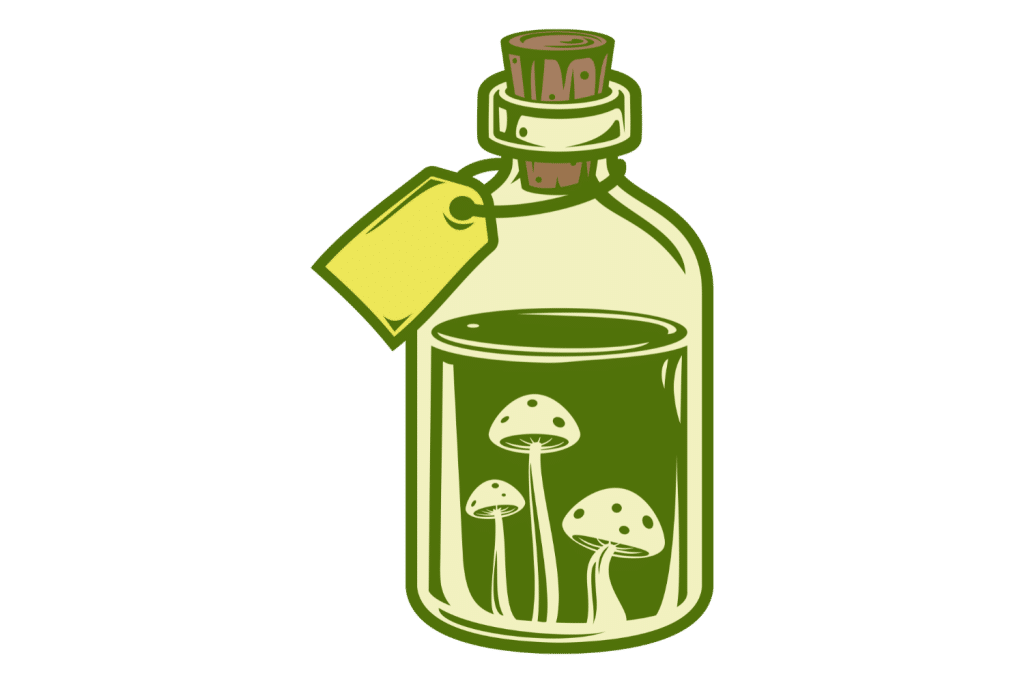
Do Dogs Like Eating Psychoactive Substances?
In no circumstances should you feed an animal psychedelics, even if they appear to enjoy it.
With that said, evidence suggests several mammalian species actively seek out and ingest psychedelic substances for the sole purpose of intoxication. Dogs may enjoy being intoxicated, but they don’t appear to seek out psychedelic substances for this purpose. If a dog eats something that makes them trip, it’s usually by accident.
Other species, such as the rough-toothed dolphin, look for pufferfish and push them around so they inflate and produce a tetrodotoxin. The dolphins seemingly consume small amounts of the toxin to induce some kind of “high.”
Other mammals, like the jaguar of the Amazon rainforest, actively seek out the yagé vine (Banisteriopsis caapi) — a key ingredient in the psychedelic brew ayahuasca — to get high. They will chew on the vine before acting like a kitten on acid. Which leads us to the domestic cat, which enjoys the pleasures of nepetalactone — the psychoactive compound found in catnip. Cats don’t enjoy the taste of catnip, but they do enjoy getting a little trippy.
Want to learn more about animals that enjoy the psychoactive pleasures of nature?
Check out this article: Wavy Wildlife: Which Animals Take Psychedelics, & Why?

